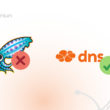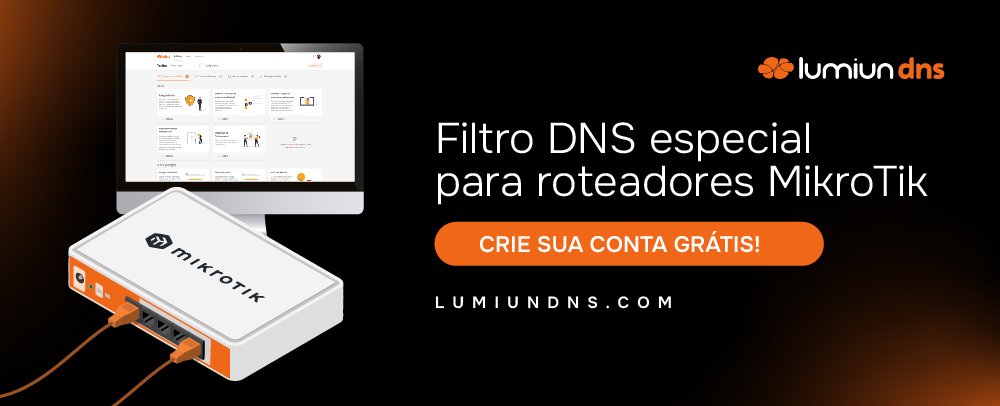Coronavirus pandemic has created a new reality , defining the way companies operate, dictating their next steps and eliminating safety barriers and physical work. A study by the Global Workplace Analytics in the United States identified that having employees working at home office during the pandemic brought economies to US employees by over $ 30 billion a day. In comparison, this is the net profit value of the gigantic Apple last year.
Also in the United States, the study predicted that 25 to 30% of workers are in home office, and will remain at least until 2021. This represents numerous challenges to IT security teams.
In Brazil work outside the office, or home office , is also a reality that many companies have adopted as a measure to protect employees at this time, and can reach 20 million Brazilians, according to a survey by the Applied Economic Research Institute ( Ipea ). This means that one in five formal workers on average in the country can stay at home when the public health crisis passes.
Habitual behavior
Usually the assumption made by organizations regarding the company's network security monitoring is that most employees are directly linked to the corporate LAN network, collecting data, with server event log and workstations. However, with many employees away from the perimeter of the network, using mobile devices or in a remote home environment, organizations have lost all the visibility of a large percentage of trade network traffic.
This scenario is highly attractive and offers a great chance of leveraging the actions of cyber criminals, who have increased the volume of efforts, thus trying to break the barriers of security guards weakened by the situation.
With so much information at stake, it is important to establish ways to monitor remote work safety in the “new normal” where connections and physical relationships are disappeared.
Here are some tips to adapt your business to this new reality.
1. Increase the borders of the local network

With much of the team working at home, many organizations were forced to choose between usability and network security. Private Virtual Network Infrastructure ( VPN ) is not designed to offer solution to both factors.
The adoption of VPNs has been strongly recommended as a solution to remote access and security issues, we even address the advantages of the tool in an article here on our blog. However, while allowing traffic to the Internet and corporate network to flow safely, it reduces productivity and does not control access outside the work scope by teams.
With non -monitored connections, the equipment of a remote work team can be compromised by malware and a number of other problems. Thus, these devices can be used as a trampoline to access the corporate environment, including through your VPN connection.
In addition to safety and productivity, there are numerous factors that can cause damage to the company's natural workflow. We have listed some tools for your office to continue working “normally” in the midst of pandemic.
2. Security at the ends

The limits of the local network were expanded with the home office team. Thus, company security and productivity also require expansion for all devices. Companies need to at least have the same level of control and safety as when activities were done within the corporate environment.
By implementing cloud -based control and safety , company -owned devices used by remote workers, the organization can detect all improper access, fragility points, and especially to prevent malware, viruses, ransomware and other threats.
In addition to safety, with a control tool, it is possible to improve the productivity of the team that is working at home, monitoring and managing dynamically easily accesses, and making the distance experience as possible with reality before pandemic.
3. Ensure the privacy of employees in home office

Monitoring access and maintaining home office safety can be a problem with many organizations, taking into account the privacy of the worker. On the organization's side, it is your duty to require the ability to protect the confidential data used by employees for daily work. Already on the employee side, implementing a residential network monitoring solution has important privacy problems.
The solution to this is a cloud -based control and safety system, as we mentioned earlier, provides a viable solution for both problems. For corporate property devices, the company's security policy and rules must have a clear and explicit understanding, which allows the organization to monitor the activity in the company's devices.
With the solution installed in these devices, the organization then exercises its rights and rules without improperly monitoring employee network activity on personal devices connected to the same domestic network. Briefly, the company's control will only be done on the specific device that is remotely connected to the company's local network at work.
A good example of a tool for remote work safety is Lumiun's business VPN . A great advantage of Lumiun's business VPN regarding other corporate VPN solutions is that it applies to employees who are working remotely, at home office, the same rules for protection and monitoring of internet access that exist in the company's internal network. internet use policy is in force , aiming to improve information security and employee productivity.
In addition, it is a Brazilian solution, with 100% Portuguese support that receives payments in local currency (R $).
4. Monitor personal devices

For personal devices used for remote work, the line between privacy and safety is thin. As the equipment belongs to the employee, it may seem more difficult to impose rules and access and safety control.
Therefore, all organizations must draw up and document a policy for the use of personal property devices to comply with the needs of the company.
access control tool does not reach any problem related to the home office's privacy. In addition, it keeps the company's data safe even using a device that does not belong to it.












5 Comments
Comments closed